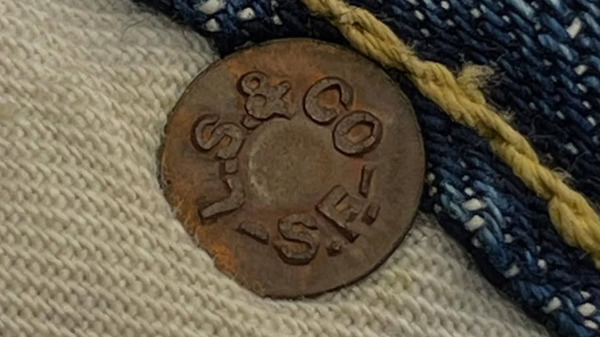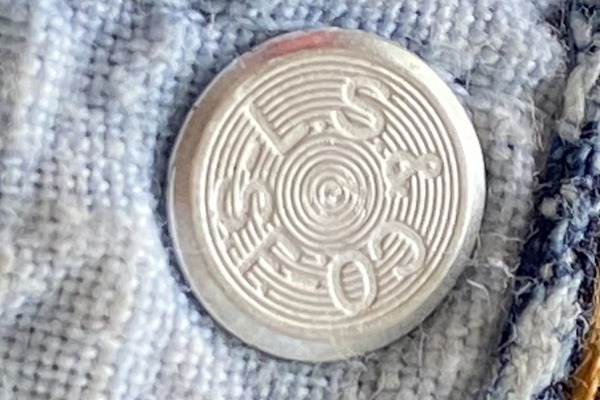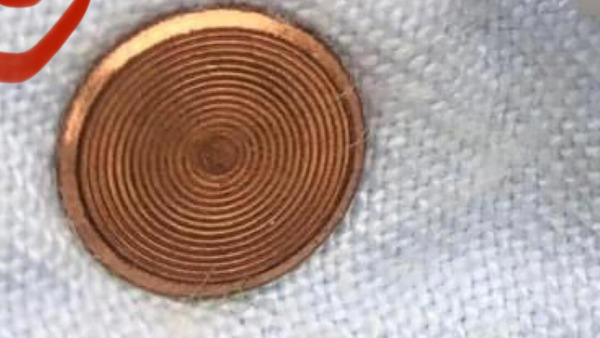From Copper to Metal: The Evolution of Rivet Bases on Vintage Levi's
The rivet has been a crucial component of Levi's jeans since the very first pair was made. The inscription "MAY 20 1873" on the leather and cardboard patches marks the date Levi's patented these rivets, which gave their jeans exceptional durability. The evolution of the inner rivet base is a key piece of evidence that helps collectors accurately date jeans, especially when other tags are missing or illegible.
While early eras had less standardized rivet styles, the period after World War II saw the material and design of the inner rivet base become much more consistent. Your fascinating summary of this timeline helps us identify the age of jeans based on these details.
The Journey of the Rivet Base: A Historical Timeline

-
Dished Copper:
-
Era: 1947-1956
-
Description: The rivet base is made of copper with a circular depression in the center. This style began in the era known for the leather patch with the two horses and collar, and continued into the beginning of the cardboard patch era.
-

-
Lined Copper:
-
Era: 1957-1963
-
Description: Still copper, but with a shallower depression and several small lines etched around the circle. This style is characteristic of the early cardboard patch era, right before the back pocket rivets were removed.
-

-
Smooth Silver Metal:
-
Era: 1963-1982
-
Description: The material changes to a smooth silver-colored metal. This style was widely used for a long period, from the single-digit button codes into the early three-digit codes.
-

-
Lined Silver Metal (Three Lines):
-
Era: 1981-1990
-
Description: A silver metal base with three lines etched around the outer edge. This is a subtle detail that helps to narrow down the era, found just before the black ink tag era.
-

-
Beveled Shiny Silver Metal:
-
Era: 1989-1992
-
Description: A shiny silver-colored metal base with a beveled, or angled, edge and multiple lines around the circle. This style appeared during the transition from red ink to black ink care tags.
-

-
Plain Copper (Lined):
-
Era: 1991-1993
-
Description: A simple copper base with no lettering but with several lines around the circumference. This style seems to have been a short-lived experiment, appearing sporadically during this period.
-

-
Beveled Copper:
-
Era: 1993-Present
-
Description: A copper or brass base with a beveled edge and multiple lines around the circle. This style began during the black ink tag era and is still found on many current standard-grade jeans, often mixed with the style from point 5.
-
Conclusion: The Importance of Details
The changes in the material and design of these rivet bases didn't happen all at once in every factory. However, the information you've gathered through your observations is an invaluable tool for collectors. It helps them to approximate the era of any pair of Levi's when a care tag is missing, building a deeper understanding and appreciation for the intricate history behind each pair.







